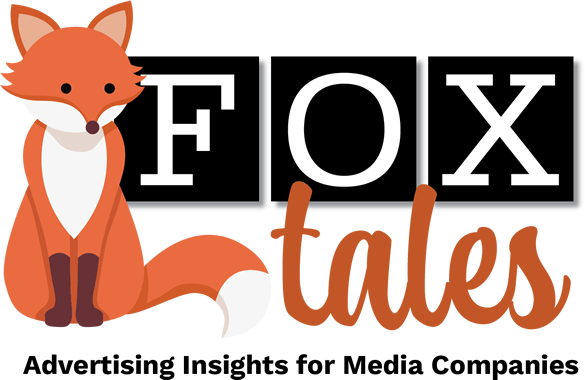The media industry has always seen the giant platforms—Google and Meta especially, but also Apple and Amazon—as frenemies.
On the one hand, they’re a hugely important source of referral traffic, and therefore, essential to advertising. Most marketers evaluate media brands on the size of the audience. On the publisher side, more traffic means more ad inventory.
On the other hand, the platforms—Facebook and Meta, specifically—are not called the Duopoly for nothing. (Actually, they’re now a Triopoly, with Amazon being a giant newer entrant in online advertising.)
Anyway, the platforms’ dominance of the advertising market is staggering. Meta generated $131.9 billion in ad revenue in 2023, a 16.2% increase from the prior year. Amazon produced $46.9 billion, a 24% increase. And Google, the largest player by far, generated $237.8 billion in ad revenue last year.
Together, that’s $416.6 billion, or nearly half a trillion dollars. Split among three companies.
By contrast, most estimates for the size of the rest of the media industry fall somewhere below $50 billion, meaning those three giants combine to be more than eight times the size of everyone else. Still, $50 billion split among even 1,000 media companies is a lot—the average per company would be $500 million.
But now, the stakes are higher. First, Google and Meta are deprecating news-oriented content. All over the world, news organizations and legislatures are pushing for some form of compensation for their work when it appears on either platform. In the U.S., bills have been under consideration for half a decade in Congress and many state legislatures. Recently, California has been considering two such bills, and the platforms have pushed back.
“Google has sold itself as the interface between people and the world’s knowledge,” Blayne Haggart, a political science professor at Brock University in Ontario, said in an April article in The Washington Post. “The free access of information is so important to a functioning society.”
In the San Francisco Chronicle, also in April, the journalist Matt Pearce wrote an opinion piece entitled “A new bill could help save California journalism. Google wants it dead,” around the same time. “You don’t need an MBA to figure out [that access to media content] from journalists and other content creators has been the deal of the century for Google,” he wrote.
But for media companies today, even the dispute over news coverage is a bit of a sideshow compared to Google’s new approach to search results. The company unveiled a feature called AI Overviews last month, a multifeatured program that can serve up rich information without the searcher ever having to click through to the website that serves as the source of the information. A report in Search Engine Land indicates that the AI Overviews function will include multistep reasoning capabilities, planning capabilities, AI-organized search results and an ask-with-video feature.
Many media company executives fear that by providing all this functionality and multistep information as a search response, without requiring a click through to the source, will reduce website traffic, and therefore ad revenue, leaving the media world with comparatively even less than what it generates now against the platforms.
There’s a lot on the line, at least potentially. Google is still a major source of traffic for media organizations. About a third of April traffic for the top 100 publishers came from Google, according to Digiday, which cited data provided by Similarweb.
Thirty-two percent of organic traffic in April for the For the New York Times came from Google—that’s around 250 million visits, Digiday noted. Other U.S. publishers are even more reliant on Google, Digiday continued. About 72% of organic traffic to Forbes came from Google searches, with 60% each for USA Today, Business Insider and Newsweek.
AI Overviews “potentially chokes off the original creators of the content,” Frank Pine, executive editor of Media News Group and Tribune Publishing, told the New York Times earlier this month. “AI Overviews represents another step toward generative A.I. replacing “the publications that they have cannibalized,” Pine added.
